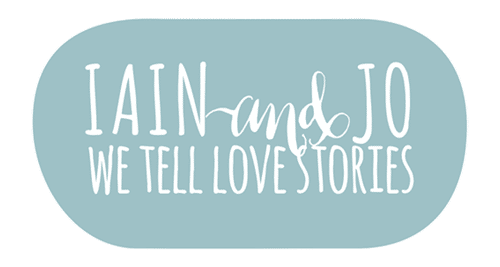I get asked occasionally for recommendations on what camera to buy, and to be honest, I’m not the best person to talk to about specific camera models, but I do have a few tips and with Christmas coming up I thought it might be nice to share my two cents (for what it’s worth).
My cameras are Sony, which makes me a bit weird. I started with a Minolta film camera and like most Minolta people, loved their lenses, so when I moved to digital I stayed with them. Although their cameras were a bit ugly (which I personally think is what finished them in the end), they captured great colour and had impressive technology such as the first (i think) in-body image stabilisation on a digital SLR. When Sony bought them and continued down the same path, I stayed with them like a loyal puppy dog. I’ve been really happy so far and their gear suits me perfectly at the moment, but I’m by no means a fanboy and this post isn’t going to encourage anybody to buy Sony – in fact, I think brand bias is a really personal choice with camera gear, so I’ll leave that up to you and your local camera store salesperson (who can give you their personal bias!).
With all the marketing rubbish that gets thrown around, it would be easy to think that good camera = good pictures. I’m sure you’ve heard it all before, but some amazing pictures have been taken with crappy cameras (seems like a good excuse to link the iphone fashion shoot again), and of course some crappy pictures have been taken with amazing cameras too (no link, I’m not that mean). In general, all cameras are pretty amazing (please click that link. it’s hilarious) these days – we’ve come a long way in the last five or ten years and now I think it would be pretty hard to find a camera over $200 that doesn’t take a pretty nice picture in the right hands. But some cameras definately make it easier, depending on what you want to do.
Just because you’re reading a photography blog, I’m going to assume you’re not interested in finding the cheapest or smallest camera on the market and are looking specifically for great picture quality. Lucky, because I know absolutely nothing about bottom-end or tiny cameras! I’m also going to assume that your camera is for personal use (otherwise, you’re my competition and I’d highly recommend an iphone camera for you!). Personally, I think if you’re looking for a great camera for personal use, the biggest decision is whether an SLR is right for you.
High-end compacts (eg Fuji x100, Canon G12, Sony NEX5, $1000-1500 with a lens)
These are a great step up from a smaller compact camera, without having the hassles that come with a heavy (and sometimes complicated) SLR. They respond faster than other small cameras too, so you don’t get that annoying lag while it thinks about taking a picture. They have more megapixels than most people need, but are far more portable and easy-to-use than an SLR. I think this makes them perfect for pictures of family and friends, because they are more likely to be with you when a picture opportunity pops up, and are designed for great pictures in low light so you don’t need to faff about finding and attaching flashes, adjusting manual settings etc. If anybody wants to buy me a G12, I’ll love you forever.
Any photojournalist will tell you that an unobtrusive, quiet, small camera lets you take pictures that could never be shot with a huge rig that makes a loud ‘kerlunk’ shutter noise. Although they’re often seen as a cheaper alternative to a ‘proper’ camera, these smaller cameras have come along way in the last few years and are now a serious alternative to SLRs.
SLRs
Perfect for hobby or serious photographers, but a bit annoying for social or family photos, the main advantage of an SLR is the ability to use a wide variety of lenses. Some of the high-end compacts have this ability too, but there’s a much wider range available with SLRs. The upside of this is that it opens up the possibilities of macro, fisheye, long-distance telephoto lenses, or just allows you to find your absolute favourite portrait lens (a Carl Zeiss 24-70 f2.8 is mine). The downside though is that these lenses are often expensive, heavy and switching them adds complication which is just annoying for a lot of people.
SLRs range from $600 to many thousands, and the model numbers/names can be confusing. If you don’t care about the weight and size of an SLR, and you want to explore the manual functions and lens options, then I’d suggest you pick a budget and head in to your local camera store or check out some comparison websites like www.dpreview.com to work out what you need. A few things to consider first are 1) is video important to you? 2) are you more likely to use flash or sacrifice a little bit of image quality and use high ISO instead when light levels are low? 3) Do you have any lenses that you can transfer – this might help you pick a brand and 4) How ‘serious’ do you plan to get? These are all good things to be able to tell the salesperson.
A common trend at the moment is that many professional photographers have a high-end compact for their personal photos (Santa? Do you read this?) and SLRs or Medium/Large Format cameras for their paid work. Most of us don’t have that option though, so hopefully my ramblings will help you choose one or the other.












